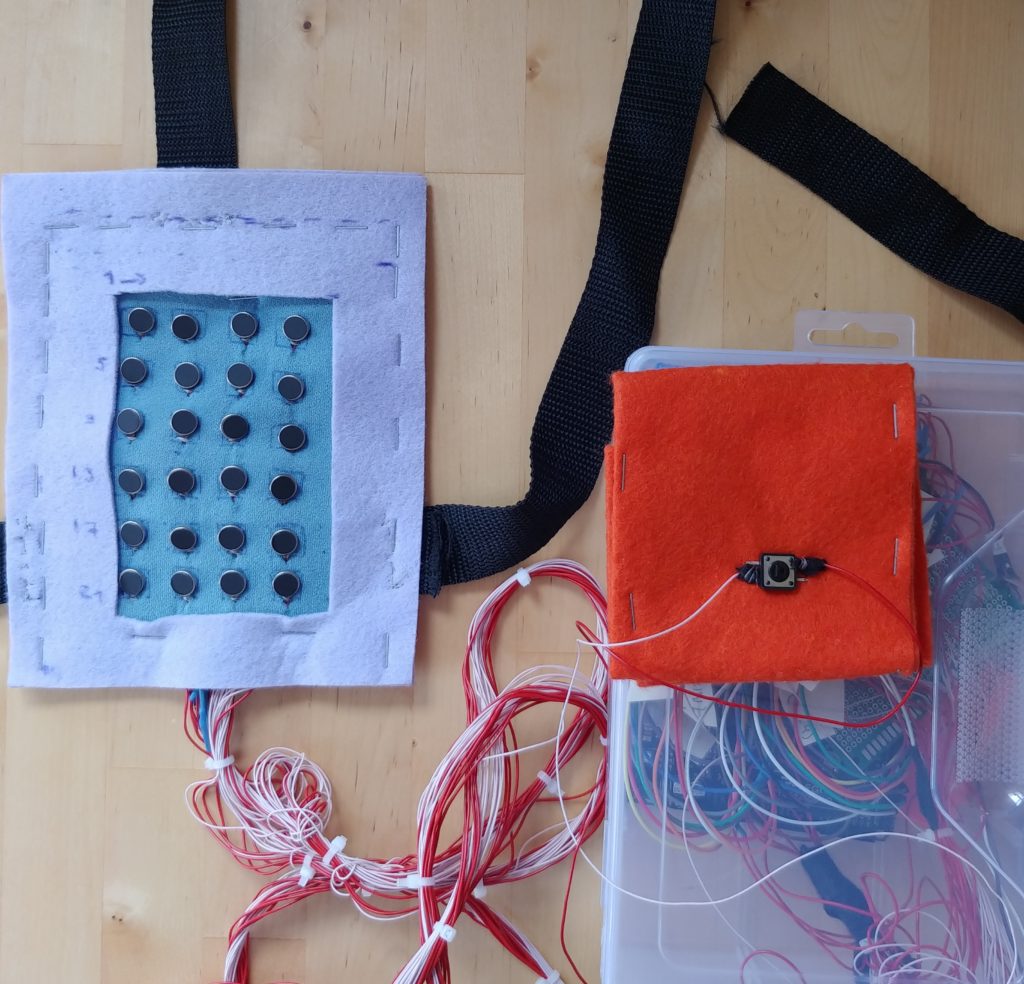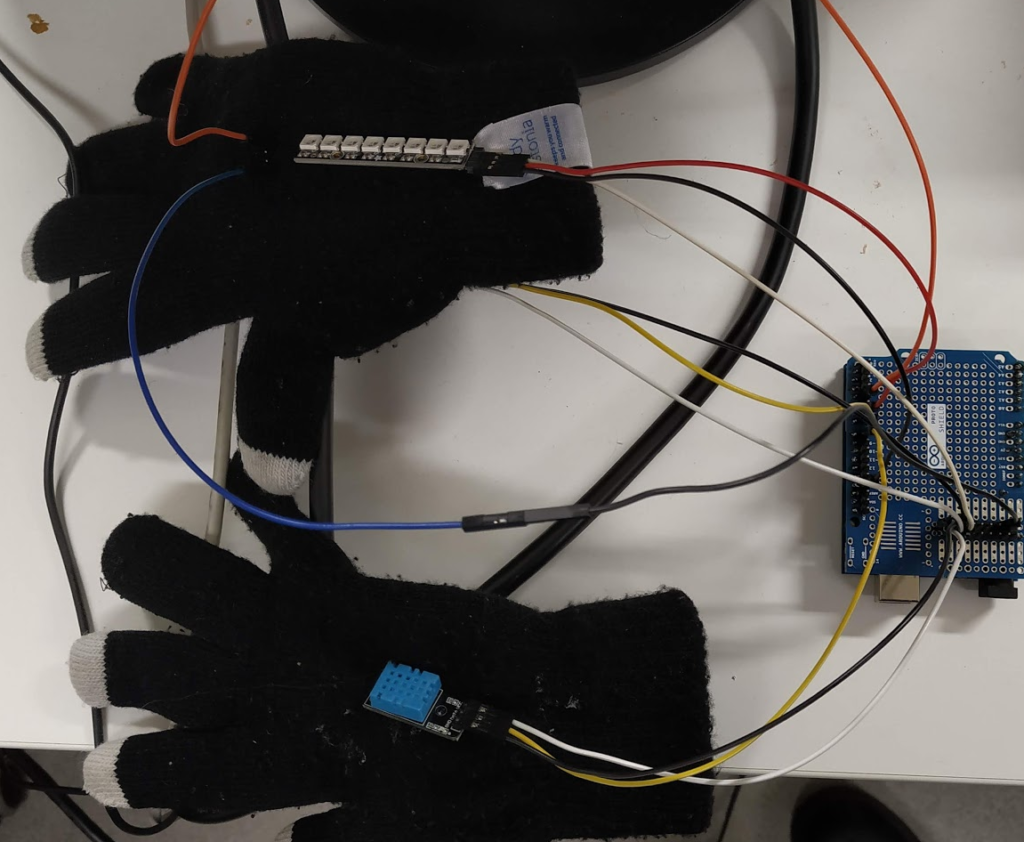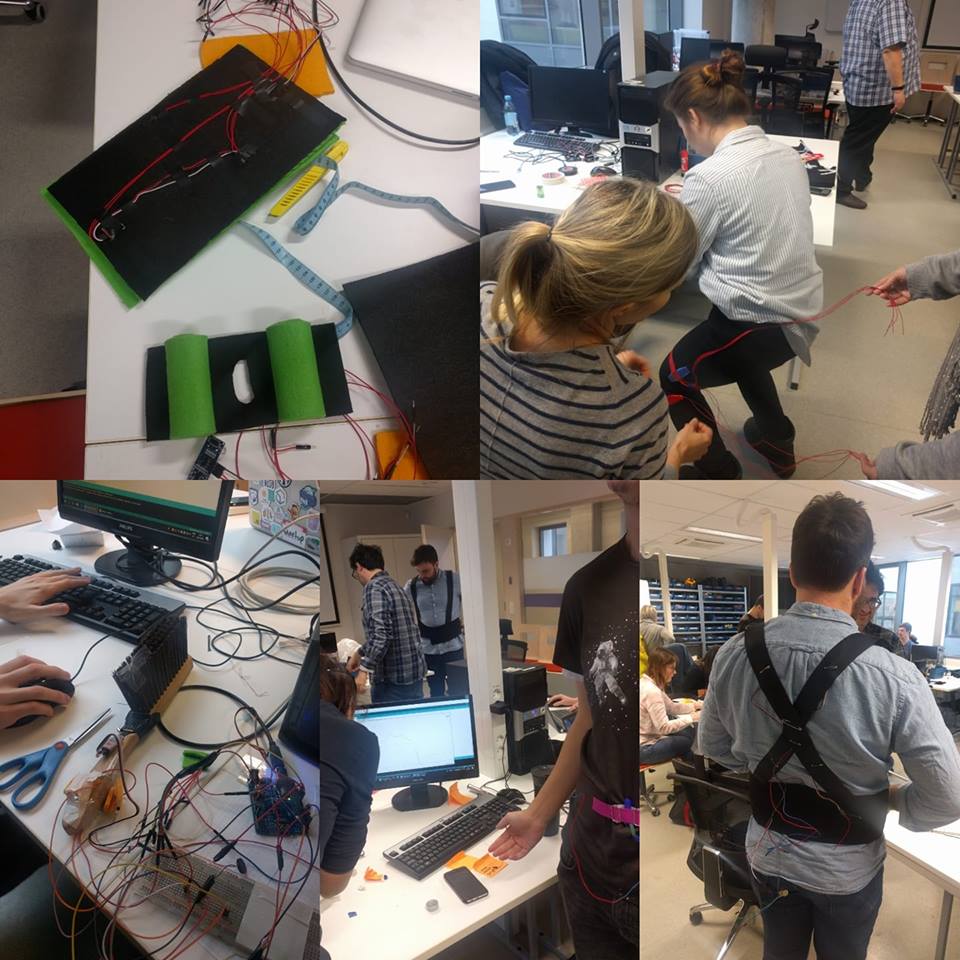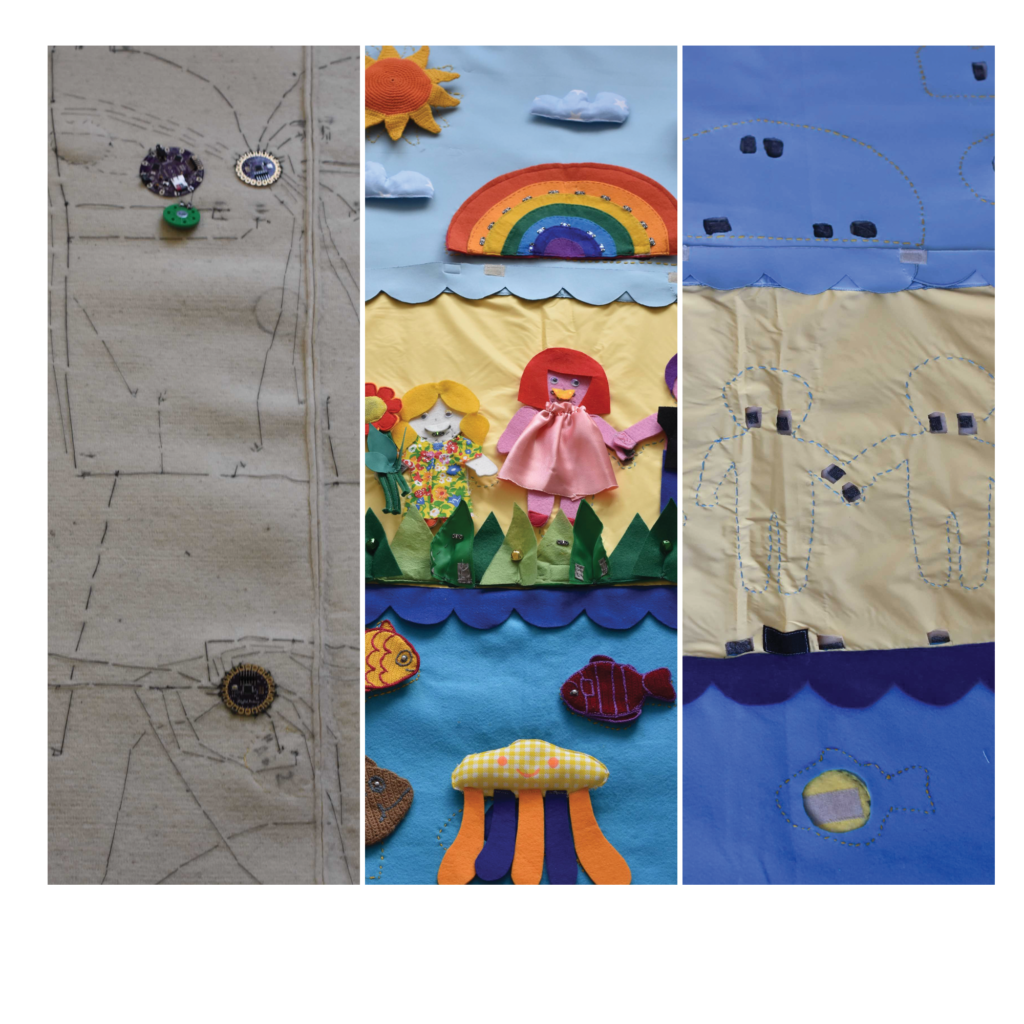My recent projects include developing a design framework for haptic implicit interactions which includes conducting basic psychophysical experiments, building hi-fi vibro-tactile prototypes and testing those in situ. I am also doing research with Prof. Shiri Azenkot at Cornell University on designing novel haptic solutions for people with visual impairments using participatory design methods.
These are my publications:
Yulia Zhiglova. 2020. Deconstructing a “puzzle” of visual experiences of blind and low-vision visual artists. In The 22nd International ACM SIGACCESS Conference on Computers and Accessibility (ASSETS ’20), October 26–28, 2020, Virtual Event, Greece. ACM, New York, NY, USA, 3 pages. https://doi.org/10.1145/3373625.3417080 [forthcoming]
Zhiglova Y., Lamas D., Smorgun I., Seitlinger P. (2019) Vibro-Tactile Implicit Interactions: So What?. In: Lamas D., Loizides F., Nacke L., Petrie H., Winckler M., Zaphiris P. (eds) Human-Computer Interaction – INTERACT 2019. INTERACT 2019. Lecture Notes in Computer Science, vol 11749. Springer, Cham. https://doi.org/10.1007/978-3-030-29390-1_63
Zhiglova Y., Lamas D., Smorgun I., Pashaei A.Z. (2019) VibroSquare: Vibro-Tactile Display for Body-Centric Implicit Interactions. In: Lamas D., Loizides F., Nacke L., Petrie H., Winckler M., Zaphiris P. (eds) Human-Computer Interaction – INTERACT 2019. INTERACT 2019. Lecture Notes in Computer Science, vol 11749. Springer, Cham. https://doi.org/10.1007/978-3-030-29390-1_40
Zhiglova, Yulia (2018). The Interactive Carpet – Smart Textile Interface for Children on Autism Spectrum Disorder. Proceedings of the Twelfth International Conference on Tangible, Embedded, and Embodied Interaction, 1: TEI ’18 Stockholm, Sweden — March 18 – 21, 2018. NYC: ACM, 712−714. (TEI).10.1145/3173225.3173341.

Prototyping
I built a vibrotactile matrix to enable first pilot experiment. Each actuator is independently programmed to simulate “Tactile Brush” algorithm for the sense of pleasant touch. The goal is to manipulate vibration parameters (frequency, intensity, location) to find the “sweet spot” for peripheral perception of the stimuli by a human body.

Ambient Computing
I developed the material for the Ambient Computing course which provided an overview of the vibrotactile body-centric technology, foundations of haptics and design process for wearable technology. The project resulted in a number of hi-fi prototypes.

Interaction Design course
During this course I taught the design process for wearables for wellbeing applications. We went through all stages of design process: concept development, personas, etc. Then, moved to lo-fi prototyping and wizard of oz evaluations. As a result we had some really cool hi-fi prototypes of wearables, utilizing the e-textiles techniques.

MS Thesis supervision
I am supervising MS thesis for developing a vibrotactile prototype that would simulate social support through vibration. As part of the research, we conducted a number of enactment workshops which investigated how people support each other in a stressful situation. By means of such experimentation we wanted to understand which body part is used for social support more often, so we can build a prototype for a specific body location.

E-Textile interactive game for kids with ASD
For my MS Thesis project I built an Interactive Carpet for kids with autism spectrum disorder. I predominantly used soft materials, including soft electronics, hand made sensors and buttons and conductive thread and seamlessly integrated hardware. The main purpose was to make this game as intuitive for children to play as possible. I used Research through Design methodology and iterated design three times. I evaluated each iteration with children at the daycare. For more details check my paper.